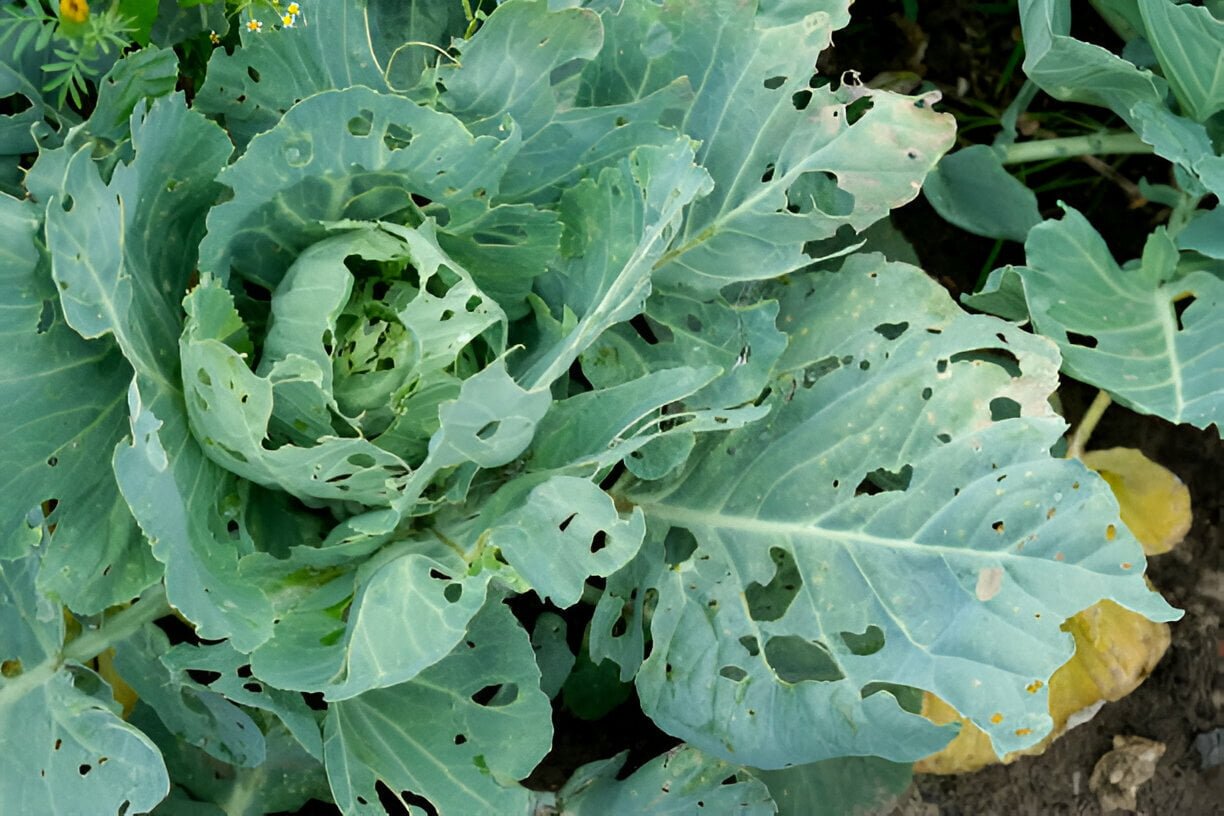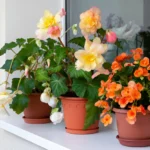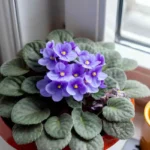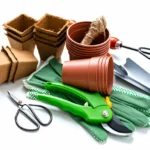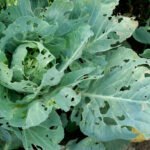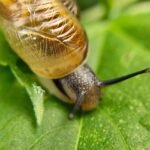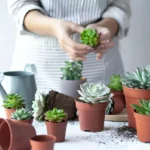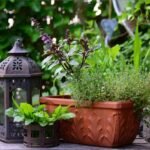Fresh and healthy vegetable gardens are what you have near your home dining, from where you can fulfill your daily vegetable needs. My vegetable garden is quite far from home, yet I grow vegetables there regularly. Insects are more attracted to fresh green vegetables, and they come to make their shares in your garden. How to protect your garden from them in spring and summer so that you can grow vegetables? In America, spring is from March 20th to June 20th/21st, and this is the season when pests are most active as the garden begins to produce a lot of vegetables by this time.
Pests in Your Vegetable Garden can be a real challenge, but many people have managed to gain momentum to overcome this challenge.
Spring vegetables: Broccoli, artichoke, Brussels sprout, carrot, spinach, mushroom, kale, lettuce, tomato, asparagus, spring onions, beets, fava beans, peas, radishes.
In addition to these vegetables, other summer crops are gradually started in the following months in America as summer starts from late June to September. Summer vegetables come in larger quantities.
The 5 pests that mostly attack in your vegetable garden in spring are:
- Aphids
- Cabbage worms / other worms
- Thrips
- Whitefly
- Cutworms
Aphids
They are small in size and red, green, yellow, brown in color and about 1/4 inch long. According to the University of Wisconsin-Madison, there are about 1,350 aphids in North America, compared to about 5,000 in the world. However, they are not harmful to all gardens or crops; some amount is harmful, which is very less. They have a pear-shaped body with two antennae, which is really weird to me! Some species can fly, but they tend to roam around vegetable gardens.

Cabbage worms
They are green in color and feed on plants in the cabbage, broccoli, cauliflower, kale, and cabbage families. They can lay eggs in abundance on the backside of cabbage leaves and stems. They hole in the leaves of your cabbage plant and suck on the leaves which destroy the tissues of our plant. They can move from one leaf to another if you plant it close to the plants. Their egg color is white, yellow and pale green.
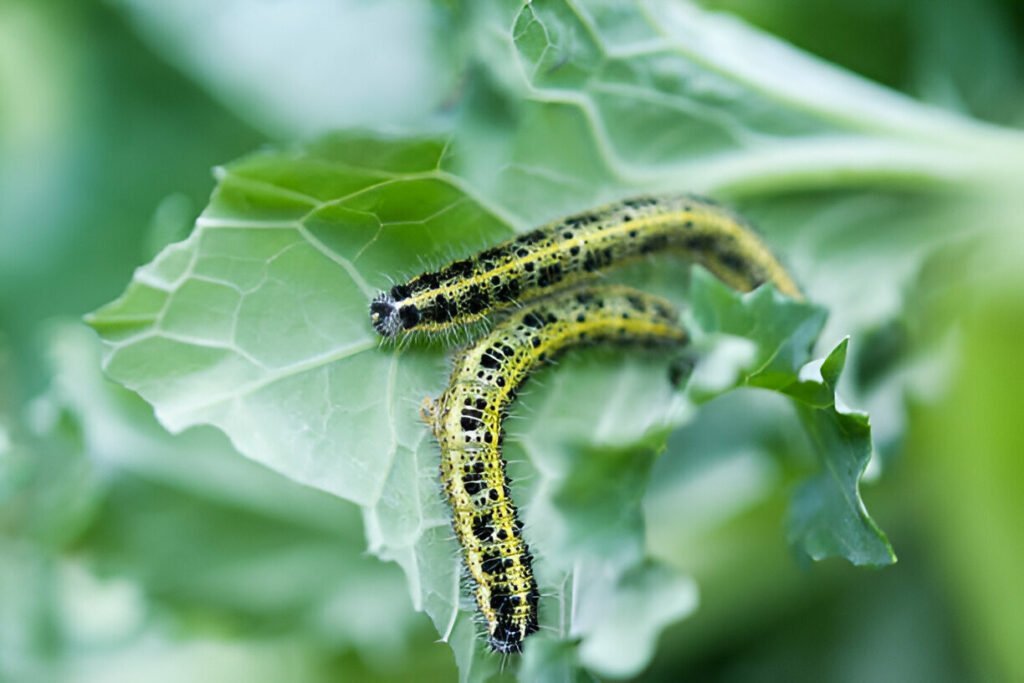
Thrips
There are 600-700 species of thrips in America, compared to 7000 in the world. However, there are fewer than 20 species that only damage crops. Their bodies have white and yellow scales. Thrips come in different colors and shapes depending on the species. They mostly attack tomatoes, cucumbers, peppers, beans, lettuce, carrots. However, other vegetables are also found to be attacked. Thrips attack the plants causing leaf tissue damage, premature drop of flowers, direct attack on vegetables and stop the development of vegetables and turn the leaves yellow. They are sometimes seen laying eggs in deep parts of leaves and on the back side of leaves.
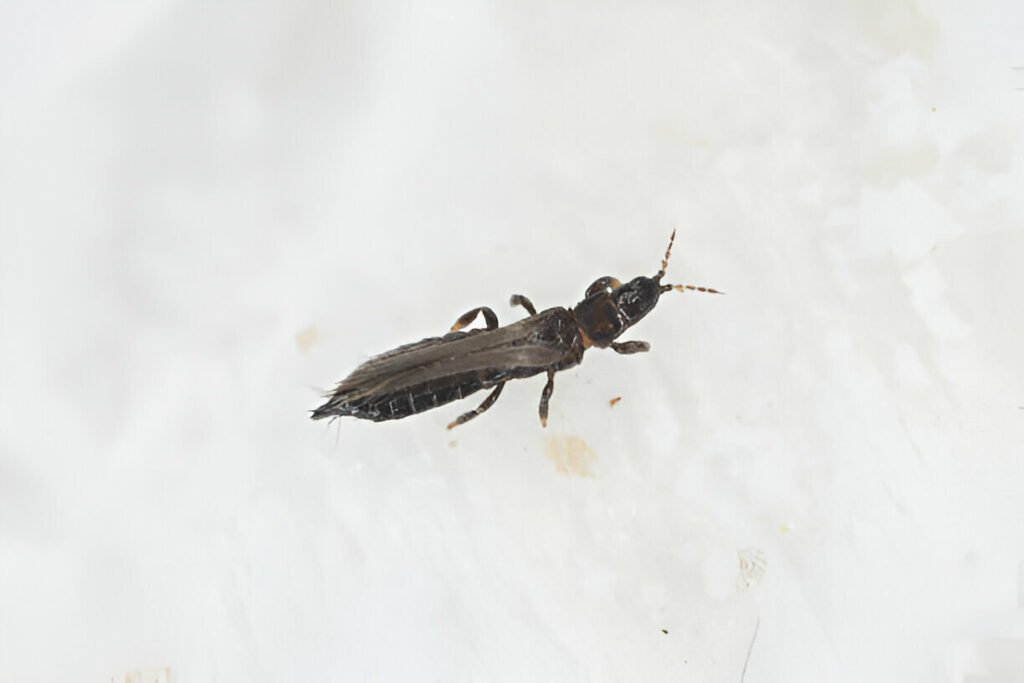
Whitefly
50-60 species of whitefly are found in North America. Female whiteflies lay eggs on the underside of leaves, and you can easily recognize them by looking at the shape of their eggs. The eggs are oval and usually pale yellow in color. Depending on the temperature and conditions, their eggs hatch in 5-10 days, sometimes even in 12 days. The larvae are called crawlers and they insert mouthparts into the leaf tissue to find food. Some species have black spots on the wings and body. Whitefly females can lay several eggs in a lifetime, and adult males live for two weeks. When they attack vegetable plants, they secretly nectar while sucking on the leaves, making the leaves more oily and disrupting the photosynthesis process. If you plant anywhere in Florida, South Carolina, Alabama, Texas, Arizona or New Mexico, they will make your crops and your garden annoying.
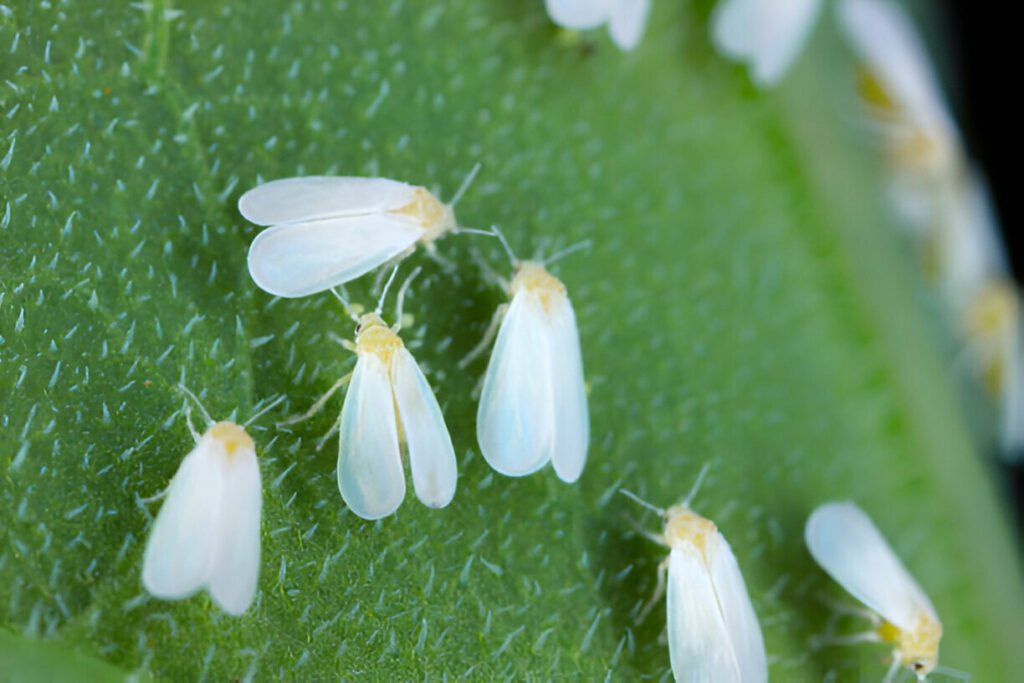
Cutworms
Cutworms are another pest that bothers me. They shredded my lettuce leaves. They come quietly at night and start eating the vegetables. Adult cutworm larvae are usually long and may be slightly brownish-green and black in appearance. You can easily identify them by their size and thick body shape. They curl up when you disturb them with something. Their larvae start feeding soon after hatching. They are found in most crop fields. Cutter Worms lay their eggs and hatch in April to May. They are masters at splitting your saplings in two. Since cutter worms are nocturnal, you can go out at night with a flashlight to examine them. The length of each stage of the cutworm’s life cycle can vary depending on environmental conditions such as temperature, humidity, and food availability. Cutworms are known for their destructive feeding habits, especially in the larval stage, which can cause significant damage in a wide range of detail. They are known as a common pest in Florida.
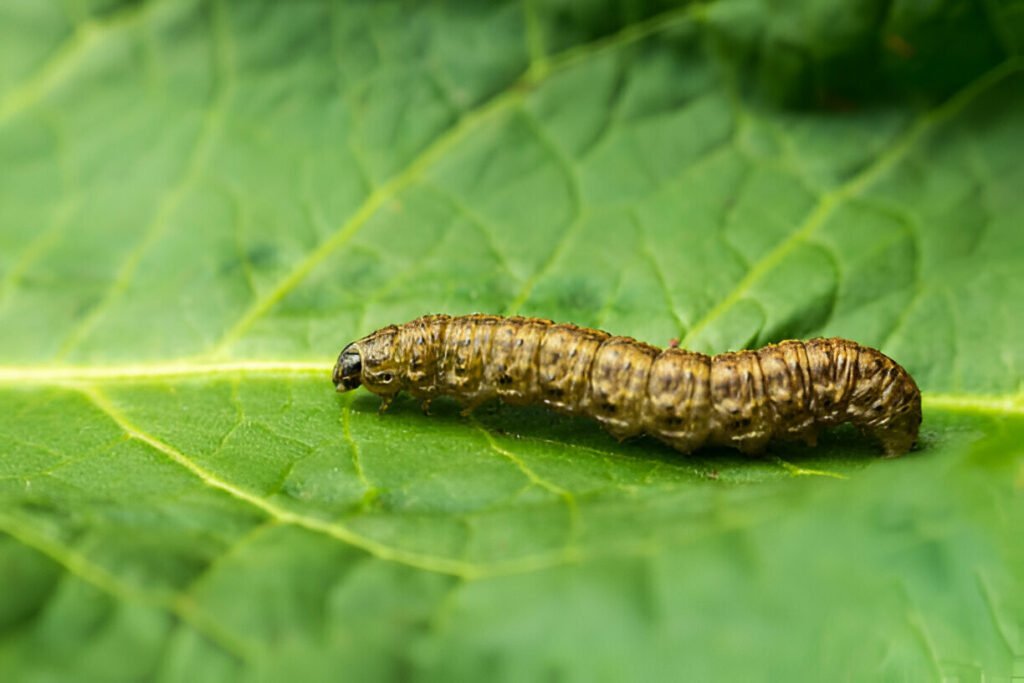
Here are a few ways you can save your vegetables from these killers through organic methods in your garden and crop fields.
Crush by hand
Go out at night to monitor your vegetable garden for pest infestations and take a torch with you. Look under the leaves and every part of the plants. Remove them by hand as soon as you see them and crush them if possible to eliminate visible insects. But if you have acres upon acres of land, it can be time-consuming.
Uses Hose
Blast them with the hose at high pressure. They will die under water pressure, and if not, they will be washed away. I think this is the easiest and most effective method. But note that plants that are soft (like tomatoes) should not be washed with a high-pressure hose, as they can break under the high water pressure.
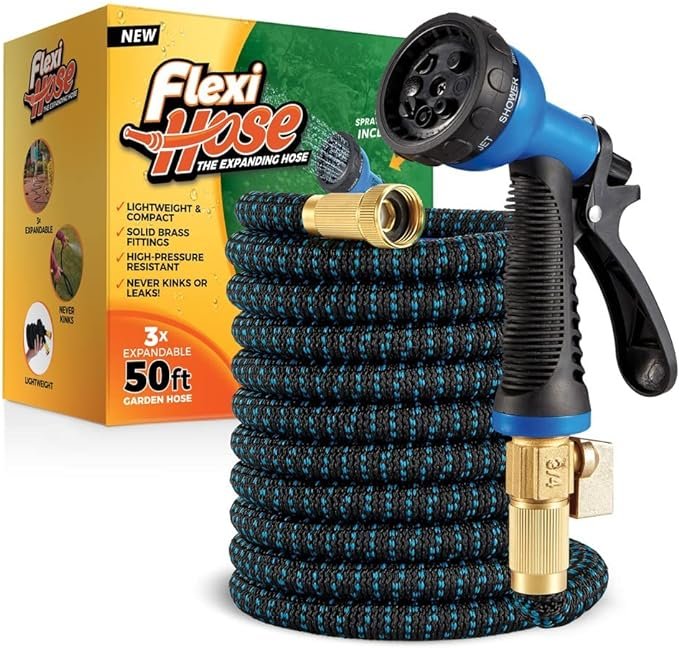
Cut off the affected leaves
Whenever you see their eggs under the leaves or at the tips, cut off the affected leaves with a pruner. As a result, their number can be easily reduced. This method reduces the risk of other leaves coming into contact with your affected leaves. Insects or larvae damage the leaves in such a way that the leaves become wrinkled or discolored.
Cleaning the garden
Cleaning the garden regularly does not result in wet or stagnant soil. When you water the garden soil and surrounding areas, don’t make it too wet as this attracts more insects and causes them to breed. Always keep your garden shrubs clean.
Beneficial bird
There are some birds of prey that eat aphids, cutworms, and their larvae. You can increase the number of large trees around your garden or plant lush perennial trees. You can also provide bird food, water, and shelter on one side of the garden so that they will always be close to your garden and eat the insects they see. American local birds of prey that eat insects and larvae are: swifts, chickadee finches (American goldfinch), North cardinal, and hummingbirds. Do not chase them away if you see them in the garden, as they will not harm your crops and vegetable garden.
Attracting beneficial insects
Planting cilantro, dill, yarrow, and buckwheat around the garden will attract beneficial insects to your garden, and they will eat and remove harmful insects from your garden. Ladybugs, lacewings, hoverflies, paper wasps, and dragonflies are known as beneficial insects. Aphids and aphid larvae are the favorite food of ladybugs. You can buy larvae of these harmful insects online or at nurseries, but you can attract them naturally by planting some plants.
Uses of Neem Oil
If neem oil spray is used regularly in the garden, harmful insects cannot attack. You can apply for it at least once or twice a month. Spraying neem oil on your vegetables and garden will prevent first the beneficial insect problems and the harmful ones from your garden. A gardener I know, regularly uses neem oil in his garden. He tells me that after using neem oil, his garden has very little pest infestation. He also makes neem oil from his own neem tree and gives it to the tree, and also told me more benefits of neem oil.
Creating ecosystems
In addition to beneficial insects, you can also provide interest in creating an ecosystem in the garden. There are some frogs, such as American bullfrog, South American horned frog, common toad, and true frog, that eat insects. You can make a small pond to attract them. Some bats, birds, squirrels, caterpillars, and spiders also eat insects. Make your garden in such a way that all other beneficial animals can visit your garden and come back again and again. As a result, it will be possible to reduce the pests naturally. I always spray neem oil in the garden to repel insects and keep them away, and I also spray with garlic mixed with water. As a result, insects cannot come to the garden due to the strong smell of garlic. I plant dill and alyssum next to tomatoes and cabbage. Alyssums play a minor role in pest repellents, but they attract ladybugs, which subsequently help control the pests. This way you too can kill these nocturnal killers by building your garden ecosystem organically without chemical pesticides.
FAQ
Pests In Your Vegetable Garden ?
As soon as you see insects in the vegetable garden, do not rush to get rid of them. Before that, you can observe and research the movement and activities of the insects. As a result, you will know whether the insects present in your vegetable garden are beneficial or not. So as soon as we see insects, observe their behavior, and determine they are pests, we take steps to kill or remove them.
What is the best way to use neem oil?
You can use Neem oil in conjunction with Dis Shop to get good results. I always mix 2.5-3 tablespoons in 2 gallons of water and 1 tablespoon of Dis Shop in my house, then mix it with line water and spray it on all the plants. You can use it twice a month.
